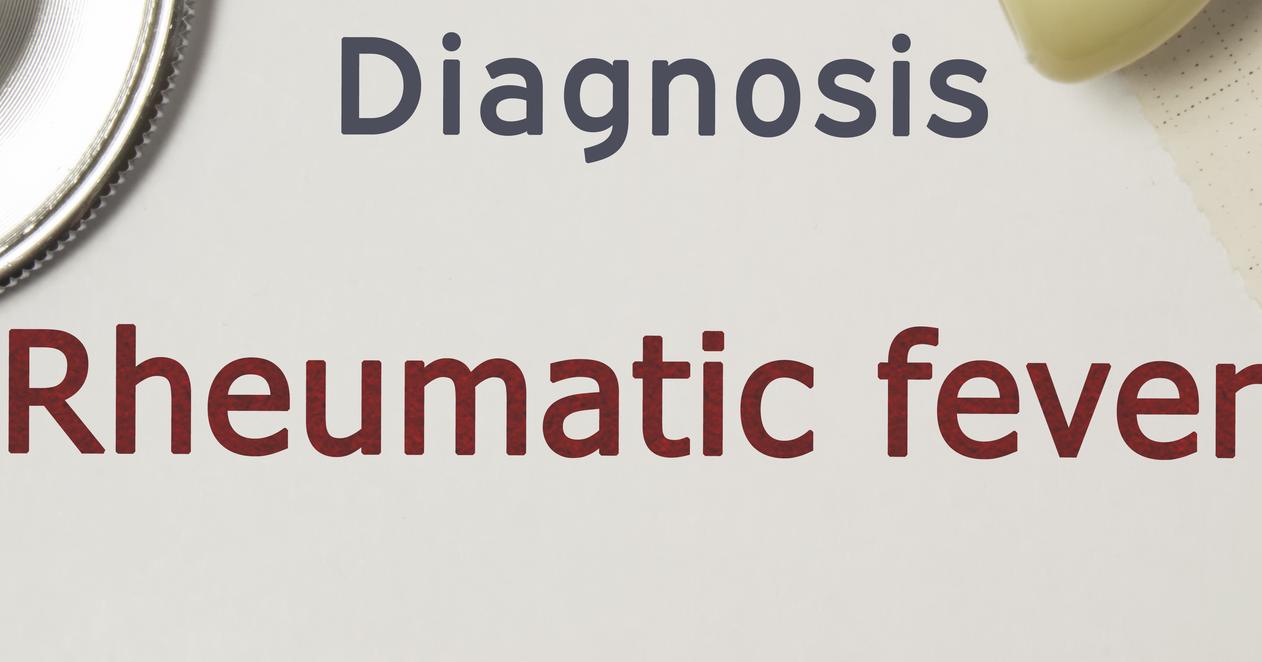Guide To The Risk Factors And Causes Of Sydenham's Chorea
Sydenham's chorea is a childhood neurological disorder where an individual exhibits involuntary and abnormal movements along with other symptoms as a complication of a recent group A beta-hemolytic streptococcus bacterial infection. Symptoms include involuntary rapid and aimless movements in the trunk, legs, arms, and facial muscles, as well as slurred speech, emotional instability, halting gait, repetitive grimacing, muscular weakness, frequent falls, stumbling, problems concentrating, inability to write, uncoordinated movements, and abnormal writhing movements. Sydenham's chorea is diagnosed with the use of physical examination, blood testing for streptococcal antibodies, and MRI imaging to rule out other possible causes of the individual's symptoms. Treatment for Sydenham's chorea includes antibiotics to eliminate the infection from the body, medications to suppress the chorea symptoms, and medications to reduce the activity of the immune system.
Sydenham's chorea has several causes and risk factors. Learn about them now.
Rheumatic Fever

Many Sydenham's chorea patients develop the disorder following an infection caused by group A streptococcus bacteria. Group A streptococcus bacteria is a gram-positive type of bacteria that can cause strep throat and scarlet fever. Rheumatic fever is an illness that develops between one and five weeks following strep throat or scarlet fever, and it is the result of an inappropriate immune system response. Rheumatic fever produces symptoms such as fever, arthritis, congestive heart failure, fatigue, chorea, nodules under the skin, pink ring rash, heart murmur, and fluid accumulation around the heart. Because rheumatic fever is caused by group A streptococcus bacteria, these patients are at a higher risk of developing Sydenham's chorea than someone healthy. When the body detects the streptococcus bacteria, the immune system produces many polyreactive antibodies to eliminate it. However, these antibodies also mistakenly recognize antigens on healthy neuronal cells in the body that are similar to those of the streptococcus bacteria. This mimicry causes the immune system to attack healthy neurons inappropriately, causing the patient to develop Sydenham's chorea.
Uncover more causes and risk factors for Sydenham's chorea now.